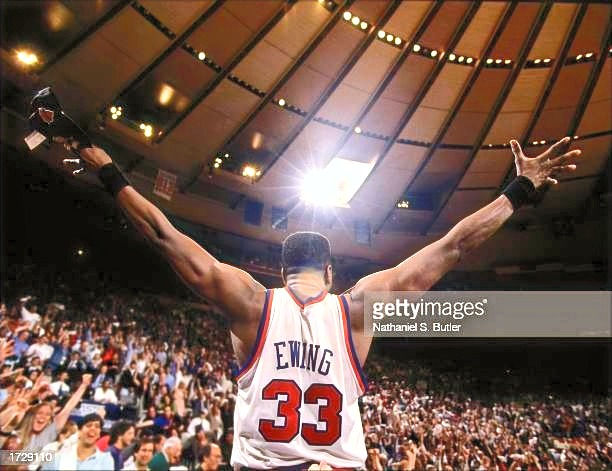NBA 75 Series: #43 George Mikan
- Donald Hamilton

- Mar 24, 2022
- 3 min read
Updated: Mar 25, 2022
Coming in at #43 in my NBA 75 Greatest Players of All Time https://www.djssportsshow.com/post/nba-75-greatest-players-of-all-time is NBA’s first true star and great big man, known as Mr. Basketball, and that is George Mikan. Mikan was born on June 18, 1924, in Joliet, Illinois, and died on June 1, 2005, in Scottsdale,Arizona, at the age of 80. Growing up, Mikan nearly shattered his knee so badly that it kept him in bed for a year and a half. Mikan didn’t seem destined for NBA greatness, as he attended Chicago Archbishop Quigley Preparatory Seminary, where he originally wanted to become a priest.
His destiny would soon change though once he stepped foot on campus for DePaul University to play for the Blue Demons. As a freshman in 1942, Mikan stood 6-foot-10, and weighed 245 pounds, which was abnormal for a human being nowadays, but even more so in the 1940s! Despite his incredible height, Mikan was clumsy and awkward on the court initially, not being the most skilled or coordinated.
However, while back in high school Mikan met DePaul rookie head coach, Ray Meyers who saw incredible potential in Mikan, who he thought was clumsy and shy, but also intelligent. Meyers helped transform Mikan into a confident, aggressive player who embraced his height instead of being abashed by it. He mastered using both hands on hook shots, this would later go on to be named the “Mikan Drill,” which every basketball player has done throughout their life and usually start off with in their infant stages of learning the fundamentals of the game.
With vast improvement in his game, Mikan would go on to dominate the competition at the NCAA level at DePaul, becoming an intimidating force with his size, strength, and skill, becoming a nightmare for opposing defenders with his hook shot, and becoming one of the grittiest players in the league. He was so menacing, that he was the first player to goaltend, swatting shots before they could even reach the hoop, eventually changing the rules due to Mikan’s dominance, and banning goaltending.
He would be named the Helms College Player of the Year in back-to-back seasons in 1944 and 1945, while also being named an All-American three times. He helped lead DePaul to the NIT title in 1945, and led the nation in scoring for consecutive seasons from 1944-46 with averages of 23.9, and 23.1, respectively. When Mikan helped the Blue Demons capture the NIT title, he would be named the MVP of the tournament for scoring 120 points across three games, including a 53 point game in a 97-53 win over Rhode Island.
At the end of his college career, the prized Mikan would sign with the Chicago American Gears (1946-47) of the National Basketball League (NBL), which was the predecessor of the NBA. He would show early promise in the 25 games he played for the Gears by averaging 16.5 points per game as a rookie and help lead them to a championship of the World Basketball Tournament where he would score 100 points in five games and be named the MVP and selected to the All-NBL team.
Ultimately, Mikan was the first dominant player who helped lead the then Minneapolis Lakers to five NBA titles (1949, 1950, 1952-1954). He also won two NBL championships (1947, 1948) and won the NBL MVP (1948).
Mikan helped keep basketball alive in its early years, standing 6-foot-10, 245 pounds, he redefined the game from one that had been controlled and dominated by small, quick players into a sport that would be ruled by giants. He helped anchor the first dynasty of the NBA, the Lakers, in the 1940s and 50s.Mikan is a four time All-Star, All-Star MVP, six-time All-BAA/NBA first team, two-time All-NBL first team, NBL/NBA scoring leader (1948-51), and led the league in rebounds (1953).
Mikan was a dominating force in the league’s infant stages, but, one thing's for sure is that if he wasn’t the star he was, who knows if the league could’ve flustered into the global brand it is today. He was named the greatest player of all time of the first half of the 20th century in 1950.
Salute to “Mr. Basketball.”




![[Original size] DJ's Sports Show.png](https://static.wixstatic.com/media/75856f_7f4ffe7f83c14d209a701ef21c02c17d~mv2.png/v1/fill/w_120,h_120,al_c,q_85,usm_0.66_1.00_0.01,enc_avif,quality_auto/%5BOriginal%20size%5D%20DJ's%20Sports%20Show.png)





Comments